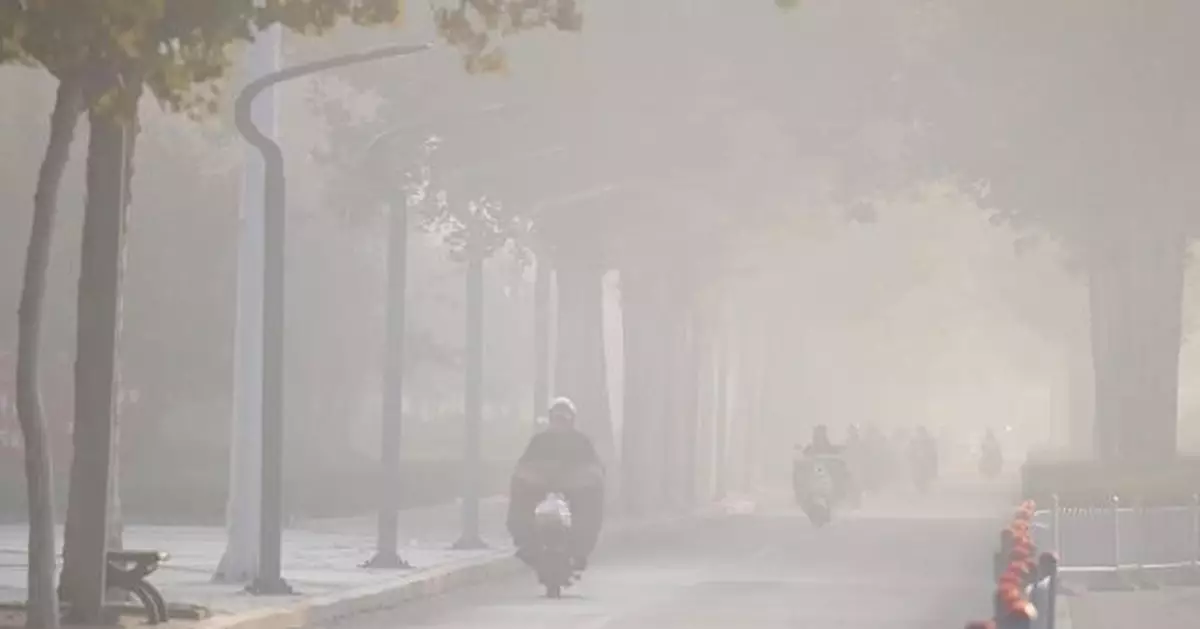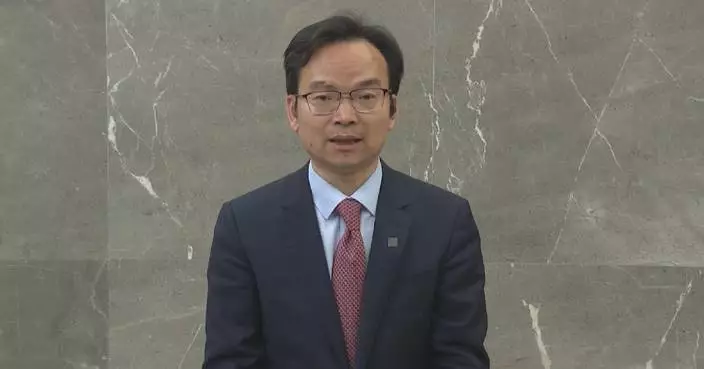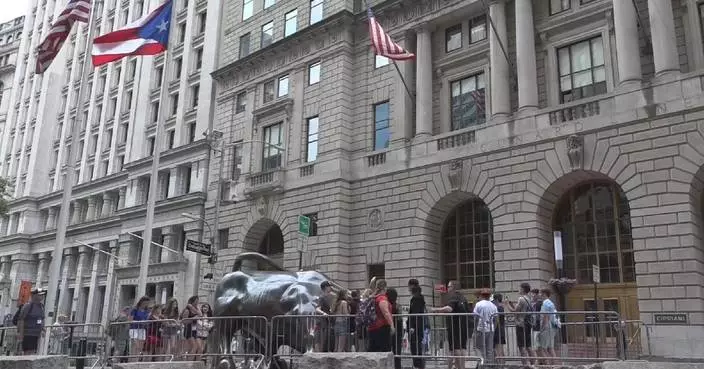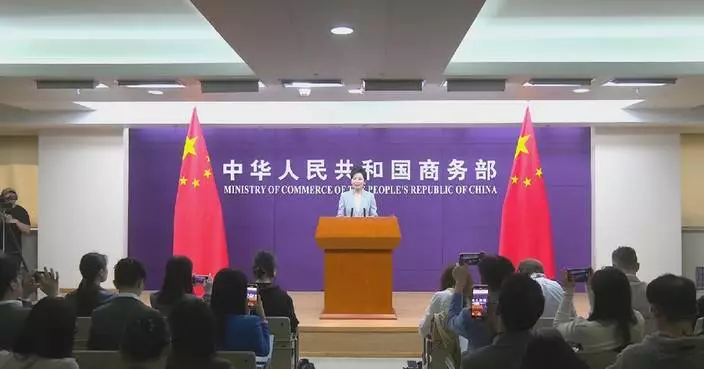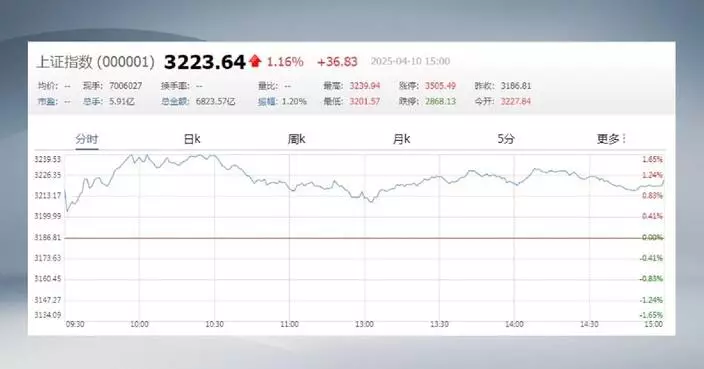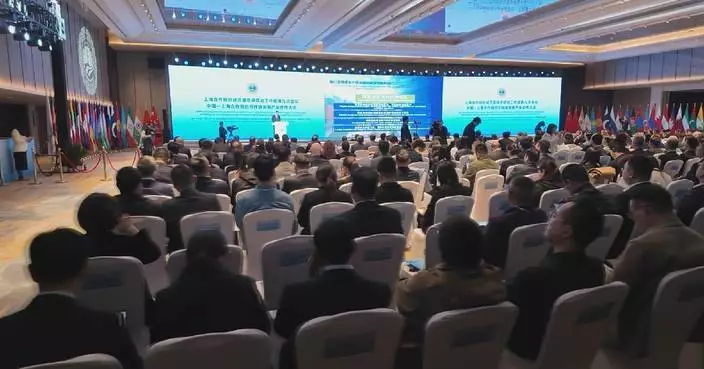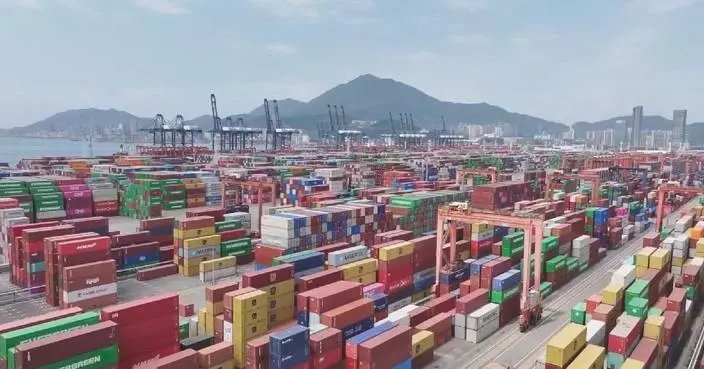Heavy fog engulfed China's capital city of Beijing and the city of Dezhou in east China's Shandong Province between Friday and Saturday, with visibility even dropping to less than 50 meters in some areas.
From Friday night to Saturday morning, Beijing experienced dense fog. Visibility was reduced to less than one kilometer, with some areas even being below 500 meters.
The Beijing Meteorological Observatory issued a yellow alert for heavy fog on Friday afternoon. The fog prolonged in most areas of the capital city on Saturday morning, according to the observatory.
Due to the thick fog, sections of expressways in Beijing such as Beijing-Shanghai, Beijing-Tianjin, and Beijing-Harbin were closed.
The observatory forecasts scattered light rain from Saturday afternoon to the evening, with continued poor visibility.
At 05:30 on Saturday, the Shandong Provincial Meteorological Observatory issued an orange alert for heavy fog, with Lingcheng District and Pingyuan County in Dezhou experiencing visibility of less than 200 meters, with some areas even having visibility below 50 meters.
According to the expressway traffic police department of Dezhou, temporary traffic control measures were implemented at toll stations of the Beijing-Shanghai Expressway and the Binzhou-Dezhou Expressway. As of 10:00 on Saturday morning, the traffic control measures on the affected sections had been lifted.
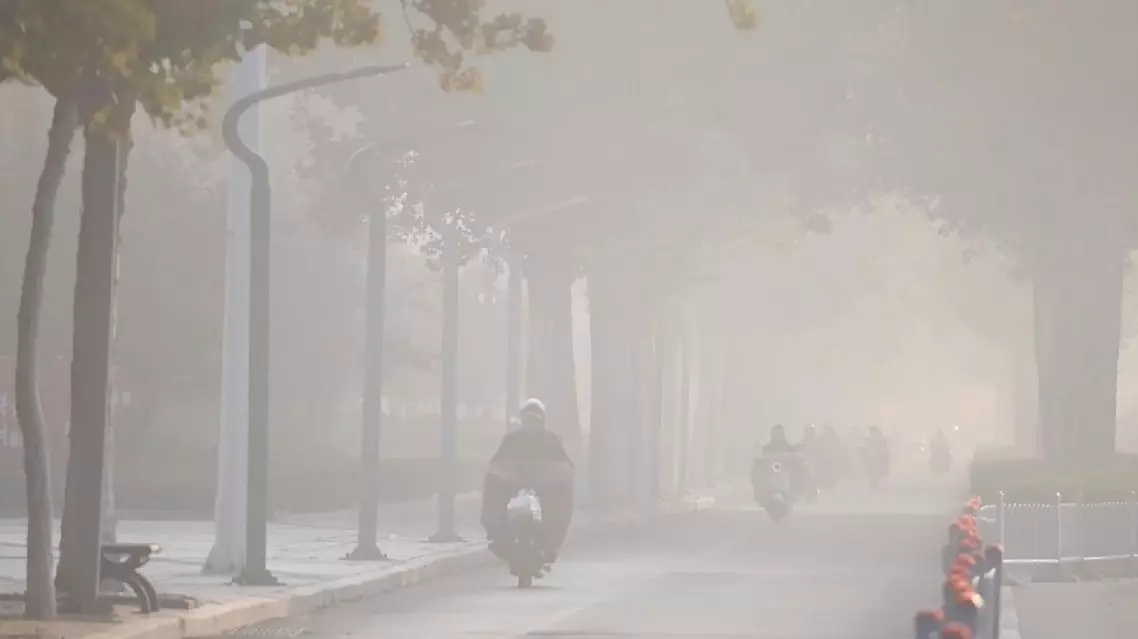
Dense fog envelops Beijing, Dezhou with poor visibility
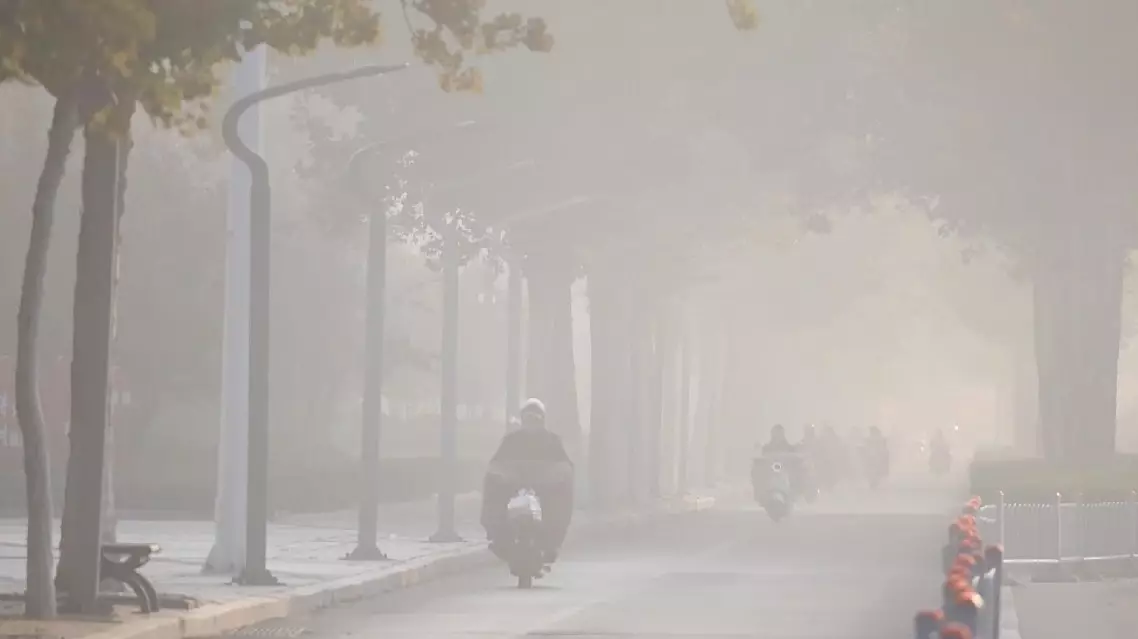
Dense fog envelops Beijing, Dezhou with poor visibility
China's consumer price index (CPI), a main gauge of inflation, recorded a narrower year-on-year decline in March, while the core CPI, which excludes food and energy, experienced a notable rebound, the National Bureau of Statistics (NBS) announced Thursday.
Statistics issued by the NBS showed that in March, CPI fell by 0.4 percent month-on-month and decreased by 0.1 percent compared to the same period last year, with a significant narrowing of the decline.
This rebound in the core CPI reflects the emerging impact of policies aimed at stimulating consumer demand. Improved dynamics between supply and demand are driving positive price trends, signaling potential stabilization in the market. With warmer weather in March, fresh food products entered the market in abundance, ensuring a plentiful supply. Month-on-month, the prices of fresh vegetables, pork, eggs, and fruits all experienced declines.
As a result of fewer travelers during the tourism off-season, travel-related expenses have declined. Additionally, the continued drop in global oil prices has led to a noticeable month-on-month reduction in domestic gasoline costs.
Meanwhile, trade-in policies for consumer goods are starting to show results, contributing to a broader rise in the prices of industrial consumer goods. Items such as household appliances, gold jewelry, and clothing experienced monthly price increases that surpassed the decade-long average for the same period.
From a year-on-year perspective, the year-on-year decline in the CPI significantly narrowed. In particular, the core CPI, which excludes food and energy prices, saw a notable rebound with a 0.5 percent increase year-on-year.
"With the recovery of real estate market in some popular cities, prices for housing have also stabilized to some extent. Driven by policies aimed at boosting consumption, sales of key products such as smartphones, automobiles, and household appliances have been robust, and prices have recovered," said He Xiaoying, deputy head, analysis and prediction division, Price Monitoring Center, National Development and Reform Commission.

China’s core CPI picks up in March




